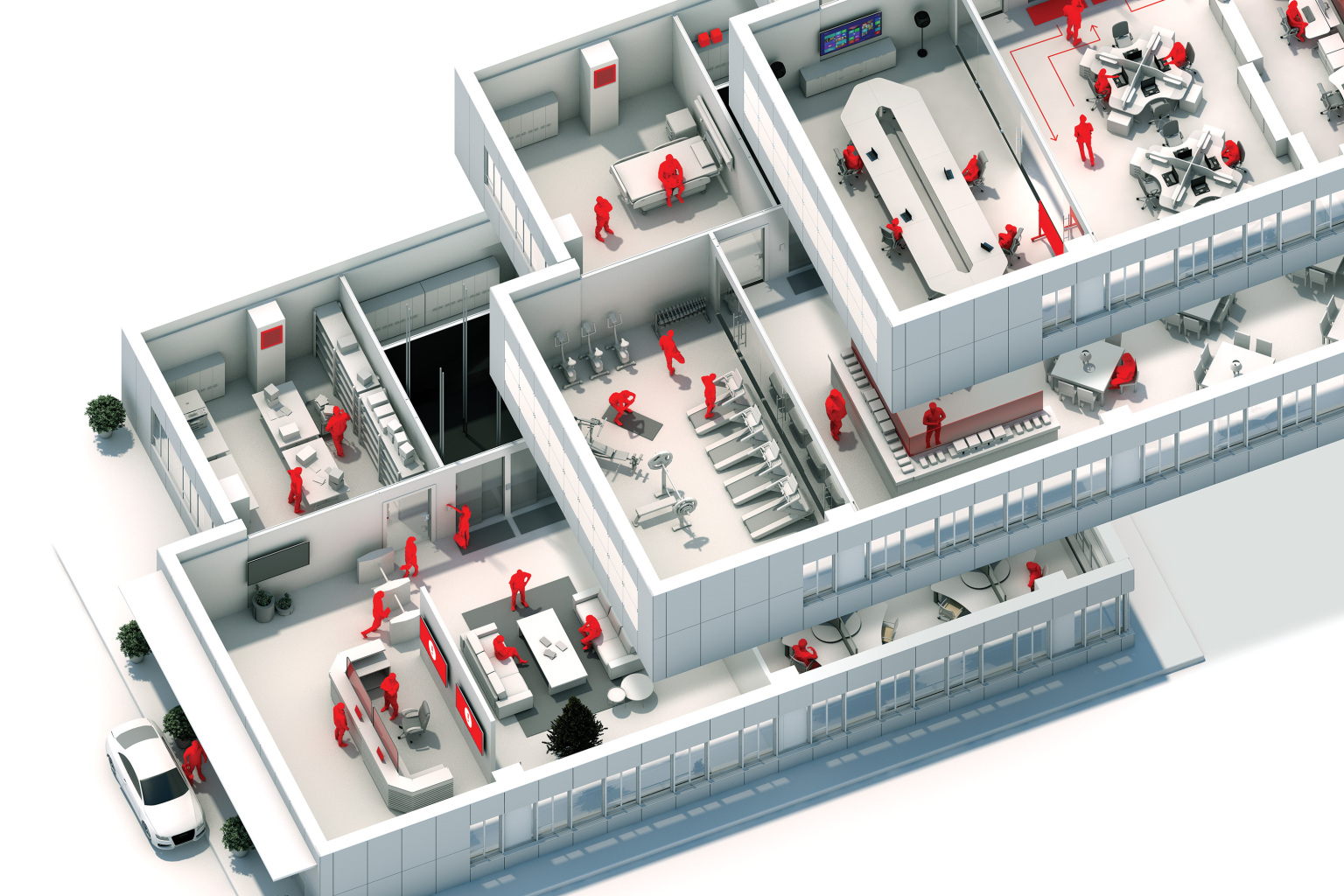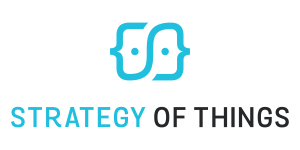Safe Space Solutions Assessment Framework, Segment 4: Respond and Recover
By Dr. Peter Williams Safe Space Solutions
Safe Space Solutions (SSS)’ Assessment Framework (see Figure 1, below) provides a 4-stage process for the owners and lessees of commercial real estate to ensure continuously that workers in their buildings are not only safe, but that they feel safe. Step 4 of our process consists of execution – how effectively and completely do you respond when sickness is detected, both in managing the affected person and in sterilizing the space where they worked? True resilience is achieved only insofar as appropriate policies, procedures and roles are defined and resourced, and then are actually followed, reliably, every time they are called upon. This applies to COVID-19 as much as to any other pandemic (or indeed, any other disaster). In many ways, therefore, Step 4 can be thought of assessing how well you “walk the walk” in keeping your staff safe and your space functioning.
Figure 1: SSS 4-Stage Framework
![]()
Section 4 of the Framework begins with the policies and governance frameworks in place: do you have the right people, in the right roles, and do you have an agreed set of structures and processes to enable them to work seamlessly and without duplication? It then moves on to confirm that your policies cover such aspects as:
- Quarantining;
- Contact tracing;
- Testing;
- Reporting:
- Cleaning and sanitation;
- Inspection and certification;
- Reopening a space after an incident;
Each policy is assessed according to whether it is present at all; whether it reduces risk at a basic level; whether it enables compliance with CDC or other standards; or whether it achieves best practice.
Because knowledge and practice is evolving so fast, we are updating the definition of these levels all the time.
Because knowledge and practice is evolving so fast, we are updating the definition of these levels all the time (think back to how views of how COVID-19 is passed on changed to reflect new understanding of transmission through the air and the role of aerosols, or to the changing views on the efficacy of masks). Technologies are changing too in ways that need to be reflected in policies – for example, the coming advent of on-the-spot spit tests with results returned within a few minutes will be an absolute game changer). So, while you may have achieved best practice one month, you may find upon returning the assessment that you have slipped back a little!
Section 4 then moves on to cover how reliably and demonstrably you can prove that your processes operate. The “gold standard” here is an external audit, much like an ISO-9000 quality audit except that it would also assess the content of the processes, not merely whether they were documented and followed. However, while this might reassure your staff and address many liability issues, it may not be to the liking, or fit within the resources, of many organizations and therefore the next step down is to at least have comprehensive records of steps taken with staff signatures appended. One cry of protest we expect is from organizations that have not yet had any cases of COVID-19 and therefore whose response processes have not yet been tested in action! In our framework, these organizations will score lower, not through any fault of their own, but because by definition in the absence of live use no-one can prove that the processes will actually be followed or not.
The final part of Section 4 addresses whether and how you have maximized the many technologies available to help you contain and recover from disease outbreaks. As with definitions of best practice, technologies are evolving extremely fast, for example with the spit tests mentioned earlier but also with new tools for disinfecting spaces and HVAC, monitoring social distancing and so on. As with policies, we update the framework as new types of technology become available, so levels of attainment may shift over time even though you may have maintained your standards! Moving the goal-posts? Certainly, but if we are to continue to improve how we adapt to COVID-19 and other pandemics, there is no choice!


